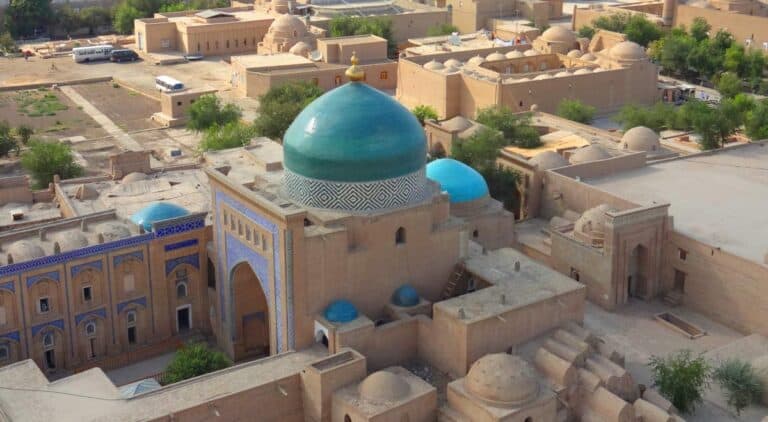
Editor’s Note: We’re all dreaming of travel ahead. Here’s some inspiration for future adventures.
Uzbekistan became one of the most surprising must-visit travel suggestions for 2020. A growing fascination with the history of the Silk Road certainly helped.

For millennia, the travel route was the main link between the East and West and a crossroads of trade and culture. And Uzbekistan is home to some of the most stunning and well-preserved of these historic trading hubs.
Lonely Planet even chose the Central Asian Silk Road as its top region to visit in 2020. Unfortunately, the Covid-19 outbreak frustrated many of those plans, but with the introduction of vaccines across the globe, Uzbekistan will remain a top destination for 2021.
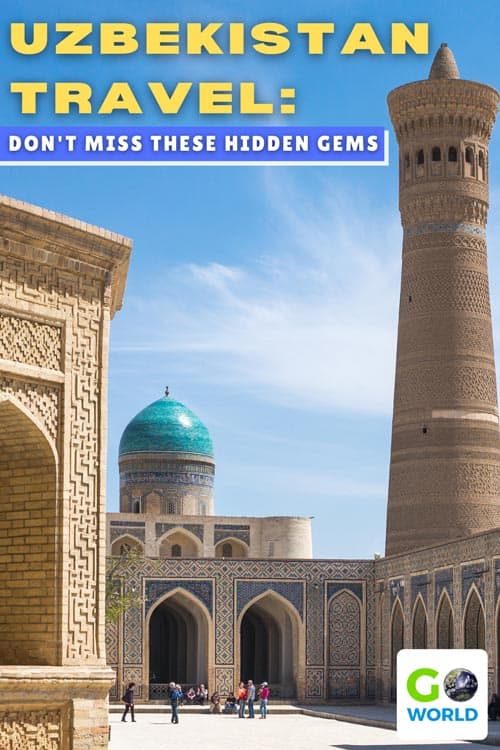
Travel in Uzbekistan
For most tourists, Uzbekistan’s most eye-catching sites are the historic cities Samarkand and Bukhara.
But for those looking to explore further afield, here are five suggestions for unique travel experiences in Uzbekistan.
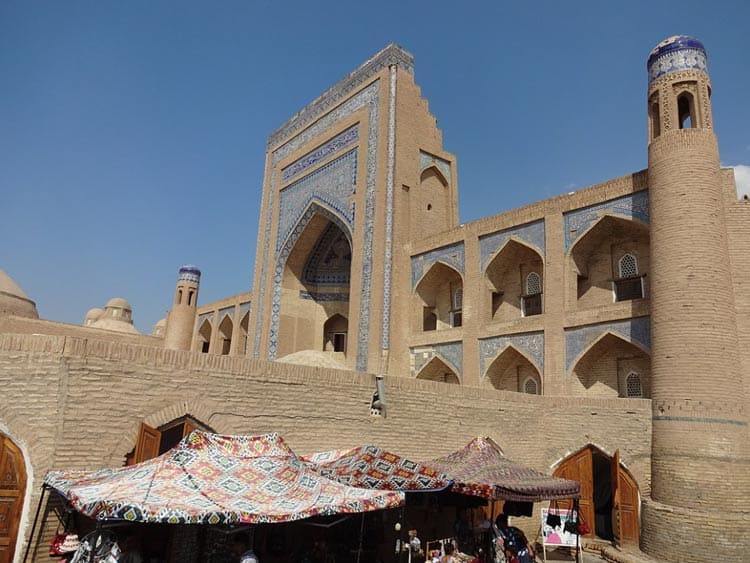
1. Khiva, Uzbekistan
While bustling sites such as Samarkand have huge amounts to offer, for a more intimate experience of Silk Road history visit Khiva.
Caught between two vast deserts, the Kyzylkum and the Karakum, Khiva’s remote and dramatic location has seen it evolve into one of the Silk Road route’s more calming destinations.
Believed to date back to the 6th century, Khiva became most famous for its brutal slave market. As many as a million Persians were thought to have been enslaved there in the 19th century.
Today, Khiva is home to just 40,000 people and the atmosphere couldn’t be more hospitable. Visitors are encouraged to sample homemade food in restaurants and markets, or to take a wander through the labyrinthine streets brimming with traditional architecture, from mosques to blue-tiled minarets.
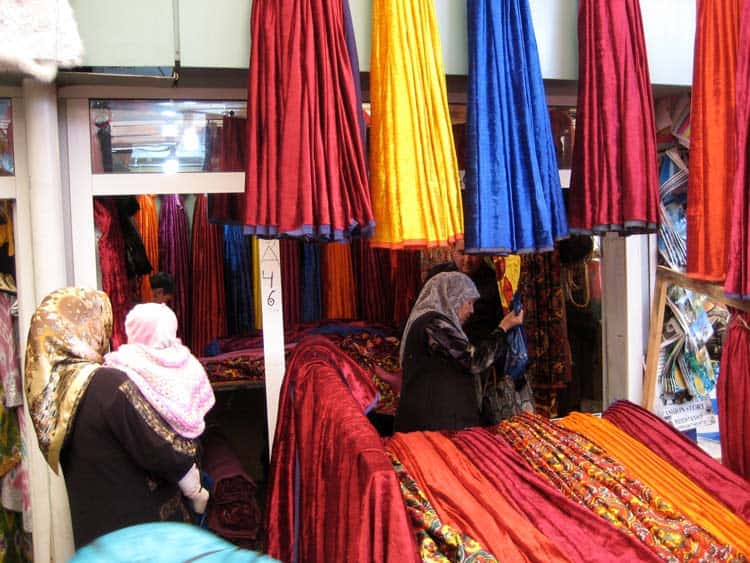
2. Abu Saxiy Market
Markets remain a central part of Uzbek, and Central Asian, daily life. For an authentic experience of an Eastern market, Abu Saxiy on the western side of the capital Tashkent is a must-see.
Founded in 2006, Abu Saxiy grew rapidly into a shopping mecca with nearly 3,000 shops and 10,000 visitors a day.
It’s now Uzbekistan’s largest market, covering an area over 60 acres (the size of nearly 50 American Football fields). Abu Saxiy serves as a commercial wholesale market where locals buy clothes and textiles, as well as a place to buy traditional foods, spices and souvenirs, offering a peak into the local economy and lives of regular Uzbeks.
Its success came from founder Timur Tillyaev’s idea to transform 680 vacant shipping containers into affordable and adaptable stalls – much like those now found in cities across the US and Europe.
Traders were quick to make the most of the opportunity and today Abu Saxiy has become the beating heart of Uzbekistan’s market culture, bringing together Uzbek products, cuisines and communities.
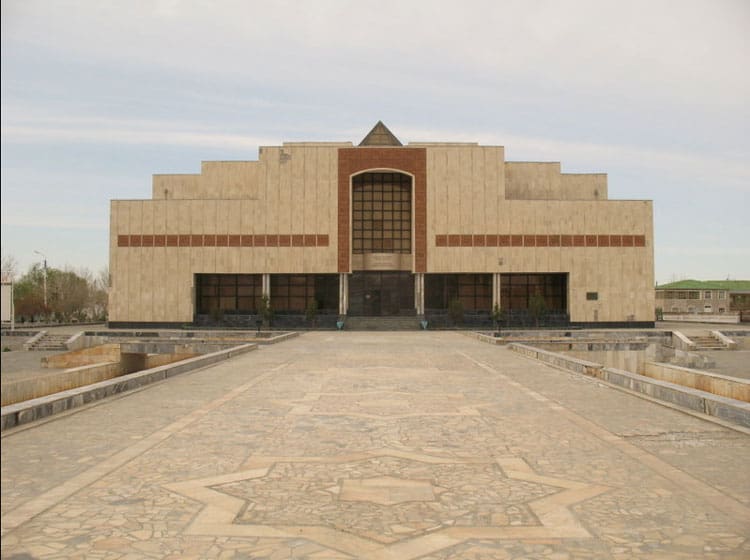
3. Savitsky Museum / Nukus Museum
The town of Nukus in the remote northwestern region of Uzbekistan, Karakalpakstan, might sound like an unlikely place for a world-renowned art Museum.
But the so-called “Louvre of the Steppes” houses an impressive collection of drawings and paintings by artists from across Central Asia. The Nukus Museum of Art is also an important repository for significant cultural artefacts from Karakalpakstan.
Its founder, Igor Savitsky, first visited the desert region in 1950 as the resident artist of the Chorazmian Archaeological-Ethnographic Expedition – the largest archaeological expedition by the Soviet Union, covering much of Central Asia and lasting between 1937 and 1991. Savitsky’s journey stopped at Nukus. Enchanted by the local culture, Savitsky remained there the rest of his life (he died in Moscow in 1984).
Over the years he amassed an impressive collection of traditional carpets, coins, clothing and other artefacts. A testament to Savitsky’s dedication, the museum today houses around 90,000 items that traverse antiques from the ancient Khorezm civilization to works from the Russian avant-garde in the 1950s, as well as contemporary Uzbek and Karakalpak artists.
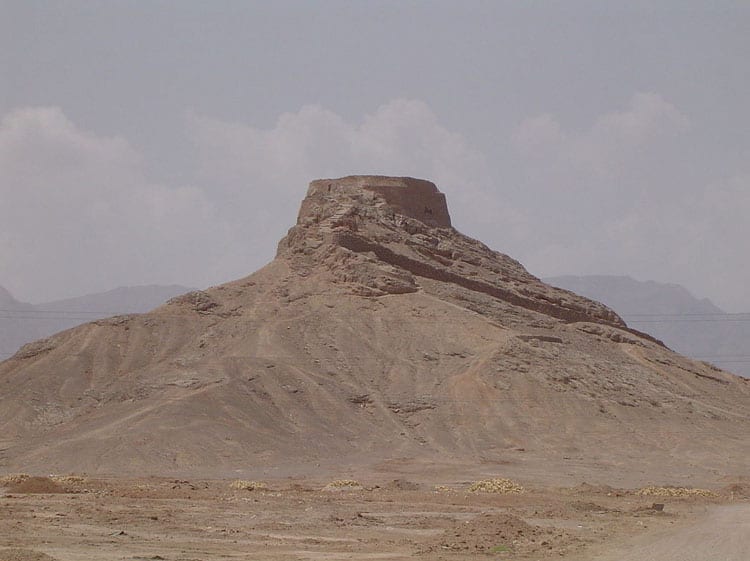
4. Chilpik Tower of Silence in Uzbekistan
In the Zoroastrian faith – one of the world’s oldest religions, which some believe originates as far back as 4,000 years – Towers of Silence, or dakhmas, were the centre of the funeral ritual.
For Zoroastrians, the bodies of the dead were considered unclean and in need of purification. The bodies would be placed at the top of the towers where sunlight and scavenger birds would consume the body, removing any contamination.
When only the bones remained, they would be buried. The remains of the Chilpik dakhma in Karakalpakstan are thought to be the oldest in existence, dated between first century BCE and the first century CE. Locals say it was where the religion’s founder, Zarathushtra, wrote the sacred scriptures known as the Avesta.
Whether this is true or not, the 50 ft circular structure rising above the arid landscape on a lone hill provides a poignant reminder of Uzbekistan’s rich and ancient history.
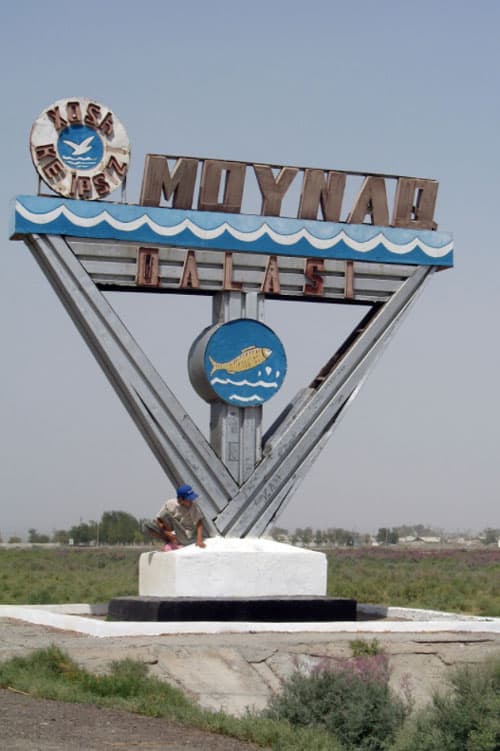
5. Moynaq and the Aral Sea
Few are aware that Uzbekistan suffered one of the worst ecological disasters of all time less than 100 years ago.
The Aral Sea, previously one of the planet’s four biggest lakes, has shrunk to 10 % of its size since the 1960s. The worst affected city of all was Moynaq. Once a bustling fishing port, Moynaq is now situated almost 100 miles away from the lake’s waters.
As the dangers of climate change become increasingly clearer, Moynaq has taken on a symbolic resonance. Abandoned fishing vessels sit eerily on mounds of sand surrounding the semi-ghost town.
The post-apocalyptic atmosphere of Moynaq makes it one of Uzbekistan’s more surreal tourist experiences.
